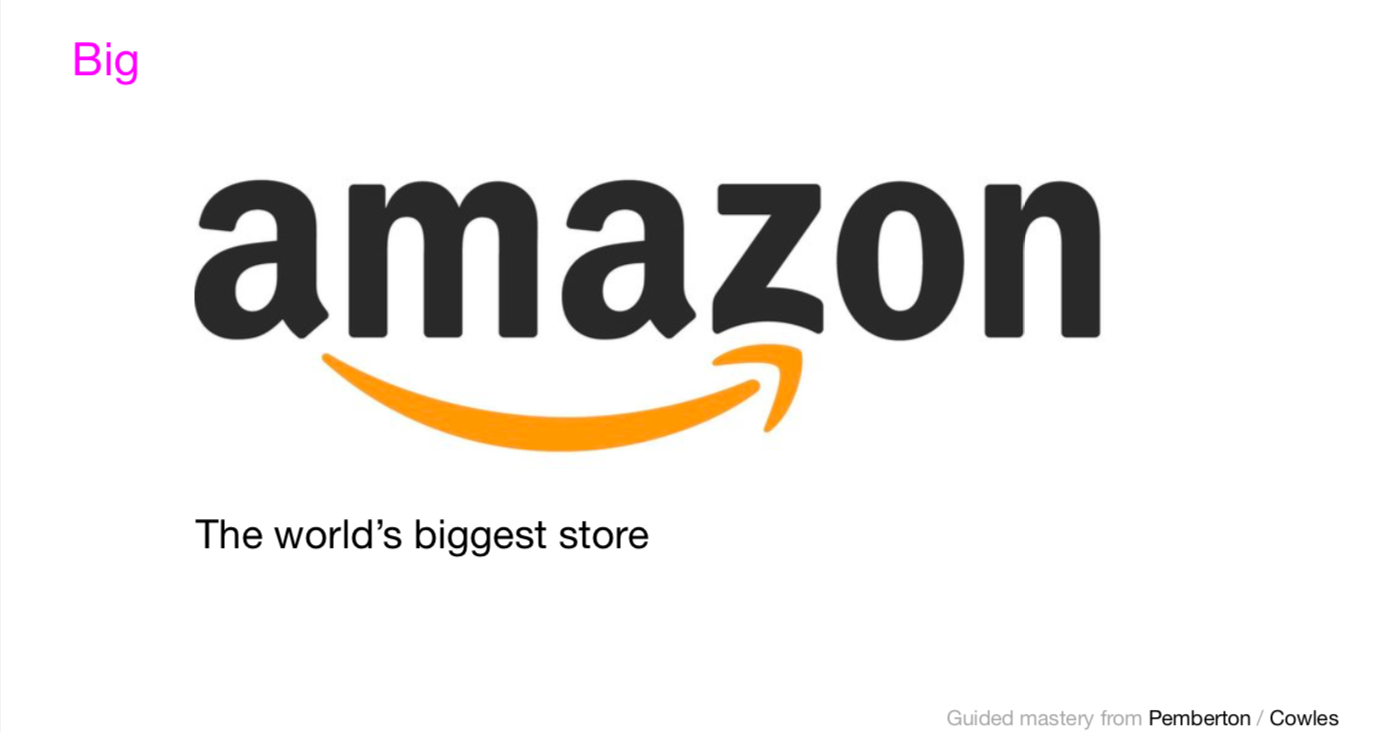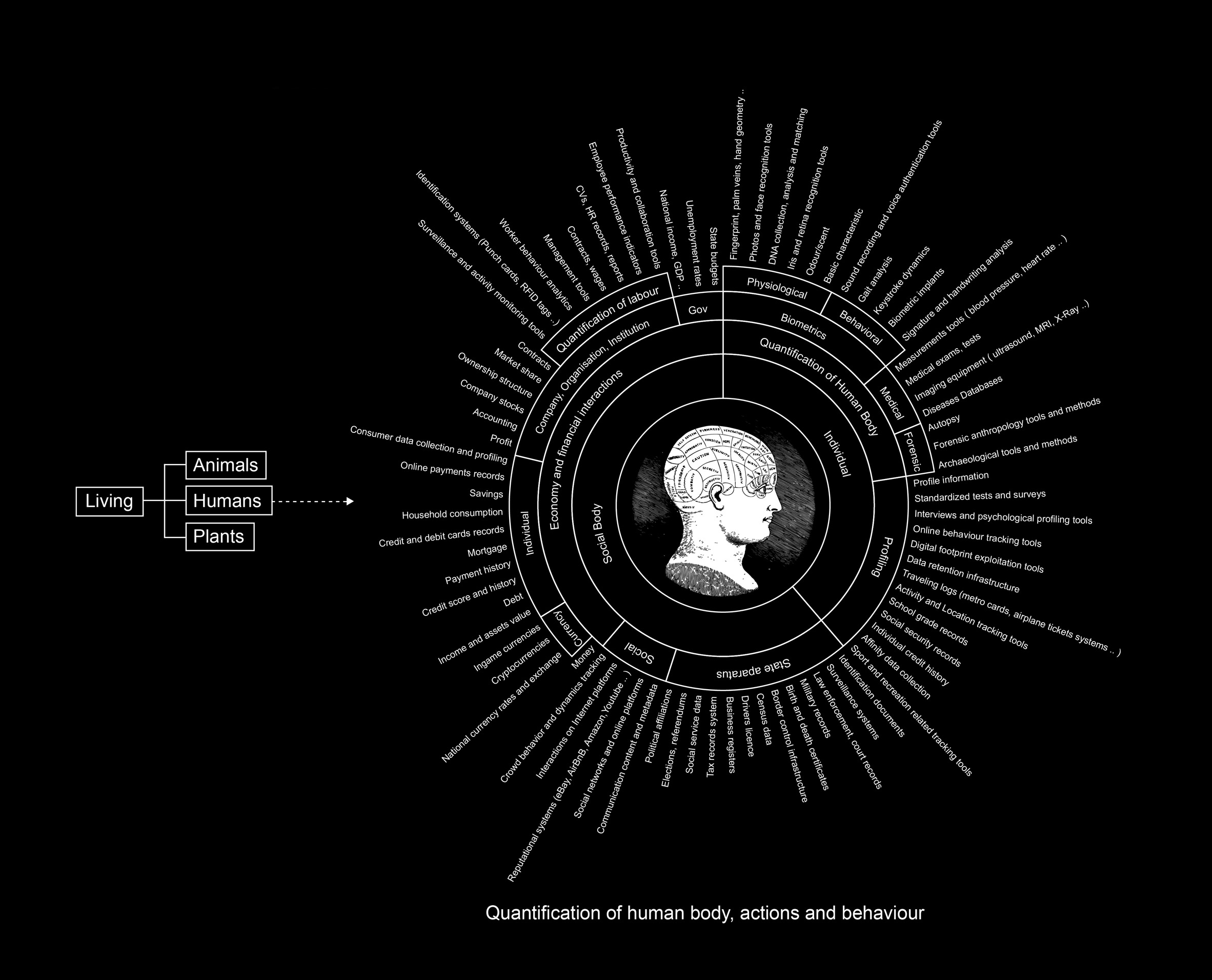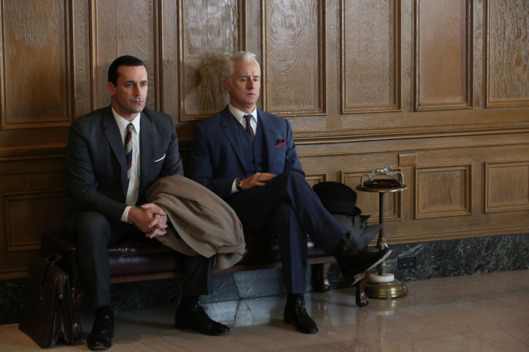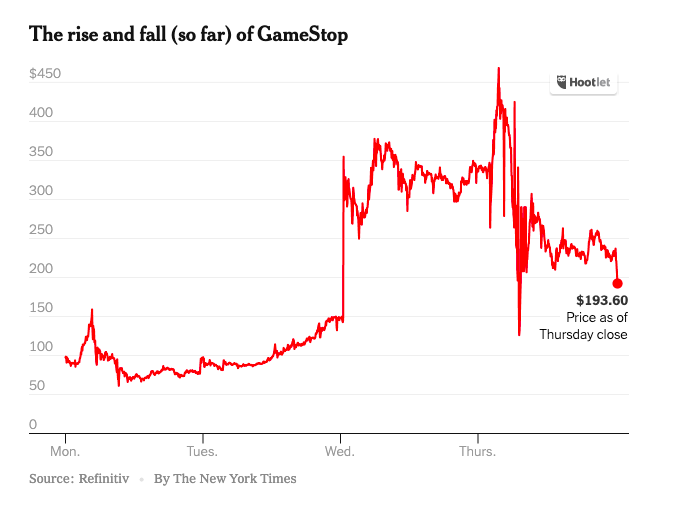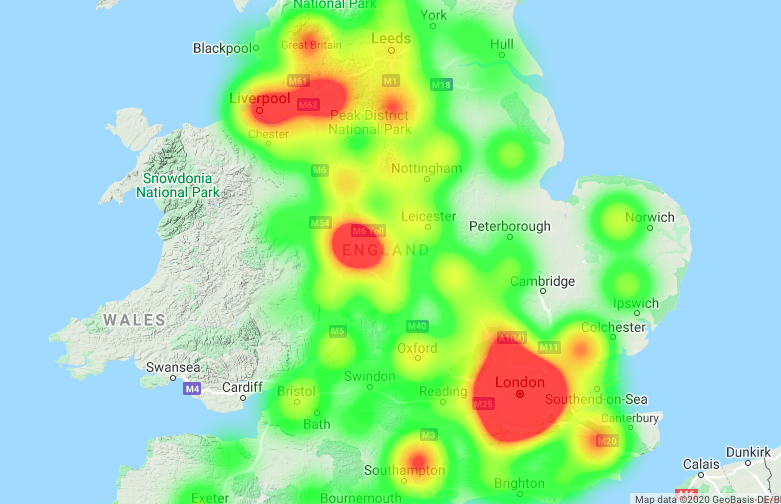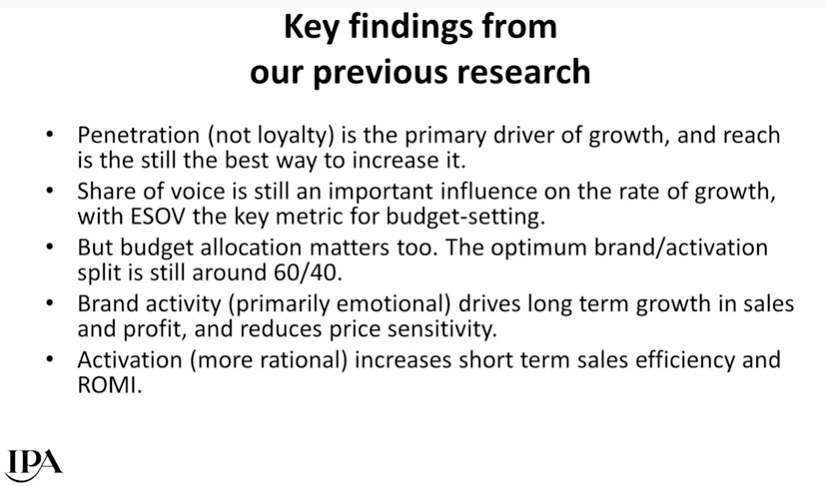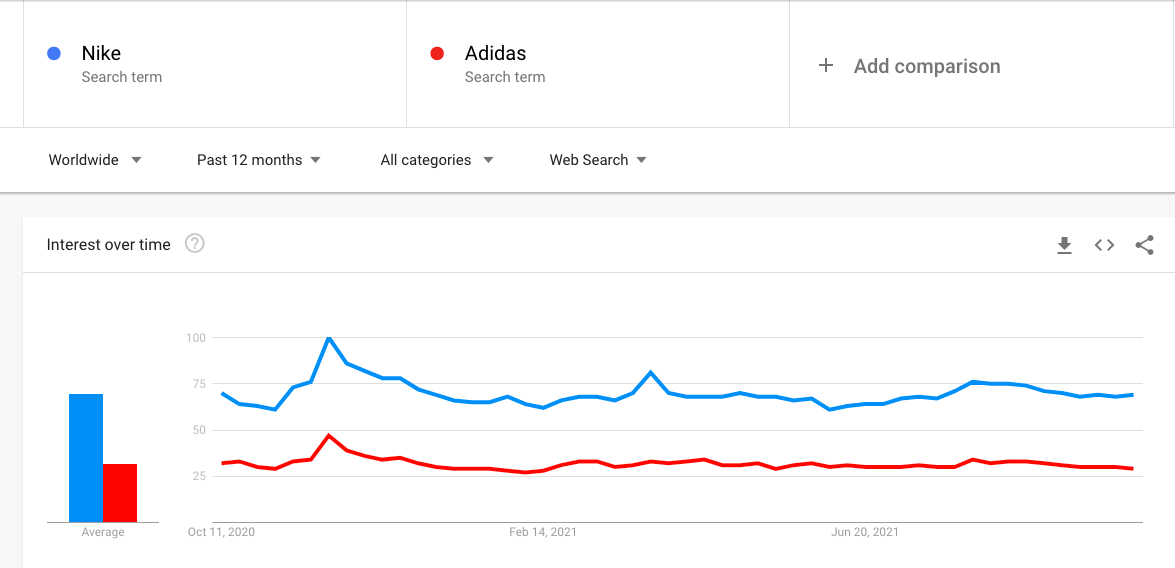How to write a rock solid content strategy for any business in three easy steps
It is easy to write a content strategy for any brand, political party or organisation.
And I mean, embarrassingly easy. It will take you 20 minutes,
All you need are three key pieces of information. And they are:
- Who is the single most important customer?
- Who is the single biggest competitor?
- What does your brand actually do?
The single most important customer
I have written at length about the critical importance of getting your audience down to one person. But how do you figure out who they are?
This is a tricky question and takes some skill to figure out. But not much skill. Perhaps you could start by asking yourself, who actually pays the bills? Who is the customer, without whom this entire business or political party will crumble into dust?
Sometimes this is not as obvious as it seems. I work with many B2B businesses who get confused. They think the person physically paying the bills is the customer. But this may not be the case. Just because a CEO pays your fees does not mean they are the customer for your corporate social responsibility programme. Despite the flashy title, that CEO is often a middle man. The customer is the employee on the receiving end. on one occasion, this person was described to me by one high up as “Doris on the till.” If Doris does not get it, he implied, you will be out on your ear. Doris is the customer.
A politician’s customer is not her political boss, or the press or civil servants. Voters are her boss. (The question for her is, which voters matter most?)
As you can see, once you know who your single most important customer is, you are up and running, Now you can deep dive into their brain and see how they feel about your product, service, organisation or party. You can ask them directly. I regularly interview client’s customers on their behalf. It is always illuminating.
With a clear view on the customer, content becomes easy. Do the things she likes. Avoid the things she doesn’t like.
Who is your single biggest competitor?
Research firm Gartner have made millions explaining the competitive landscape to brands. Of course, rather than explaining it, they make it seem fiendishly complicated. If it’s complicated, you need Gartner.
It is true that the competitive landscape can be complex. It can be hard to wrap your mind around it.
It’s far easier to think about your single biggest competitor. Who is the brand or rival who keeps you up at night? You should not have to think about this too hard. Their name should trip off your tongue as they are the ones making your professional life a misery.
Once you have your fiercest rival in view you are ready for point three.
What does your brand actually do?
This is a deceptively complex question, but whatever the reality, you need a simple answer.
The answer must be simple because you need your single most valuable customer to easily understand it.
Amazon is the world’s biggest store. The RNLI saves lives at sea. Google organises the world’s information.
If you do not know what your firm does, type their name into Google. When their name comes up on the search engine results page, the line under the company name should explain what your firm does.
If that line sounds a lot like your fiercest rival, you have a problem. Your customer will not be able to tell the difference. You will have to change that line.
Otherwize you are in good shape. Now you should have a clear view on your single most important customer (name her!). You should know your biggest rival. (Make sure you are distinct from them). And finally a simple and clear explanation of what it is your company does.
Headlines, headlines, headlines
Now start making content. How often should you make content? What kind of content should you make? How long or short should it be? Should I make video? Infographics? What about White Papers? Should I be on Tik Tok?
The answer to all these questions and more is always the same: ask your single most significant customer. If they like it, do it. If they don’t, don’t. Twelve year olds aren’t on LinkedIn. CEO’s don’t go on Tik Tok. You get the idea.
So that was the easy bit. Now comes the hard part. The place where your strategy comes alive, where it gets real, is the headlines to your stories.
Anyone who is ever going to engage with anything you do ever, will read the headline first. Whatever picture you use, what video you make, where that content lives is all led by the headline. So, when you come to make content there are three things to focus on: Headlines, headlines and headlines.
So here is my advice: put all your efforts into crafting headlines that engage your core customer. If you can do that, the content world is yours.
Thanks to Andy Cowles for brilliant design work here.
Related stories
Effective content is easy if you use this one secret technique favoured by experts
The simple secret of redesigning websites? Headlines are EVERYTHING
Everything you need to know about advertising on one slide ANNOTATED
About the author

My name is Andy Pemberton. I am an expert in data visualization. I guide global clients such as Lombard Odier, the European Commission and Cisco on the best way to use data visualization and then produce it for them: reports, infographics and motion graphics. If you need your data visualized contact me at andy@furthr.co.uk or call 07963 020 103
Posted in: Infographic of the day | Leave a Comment
